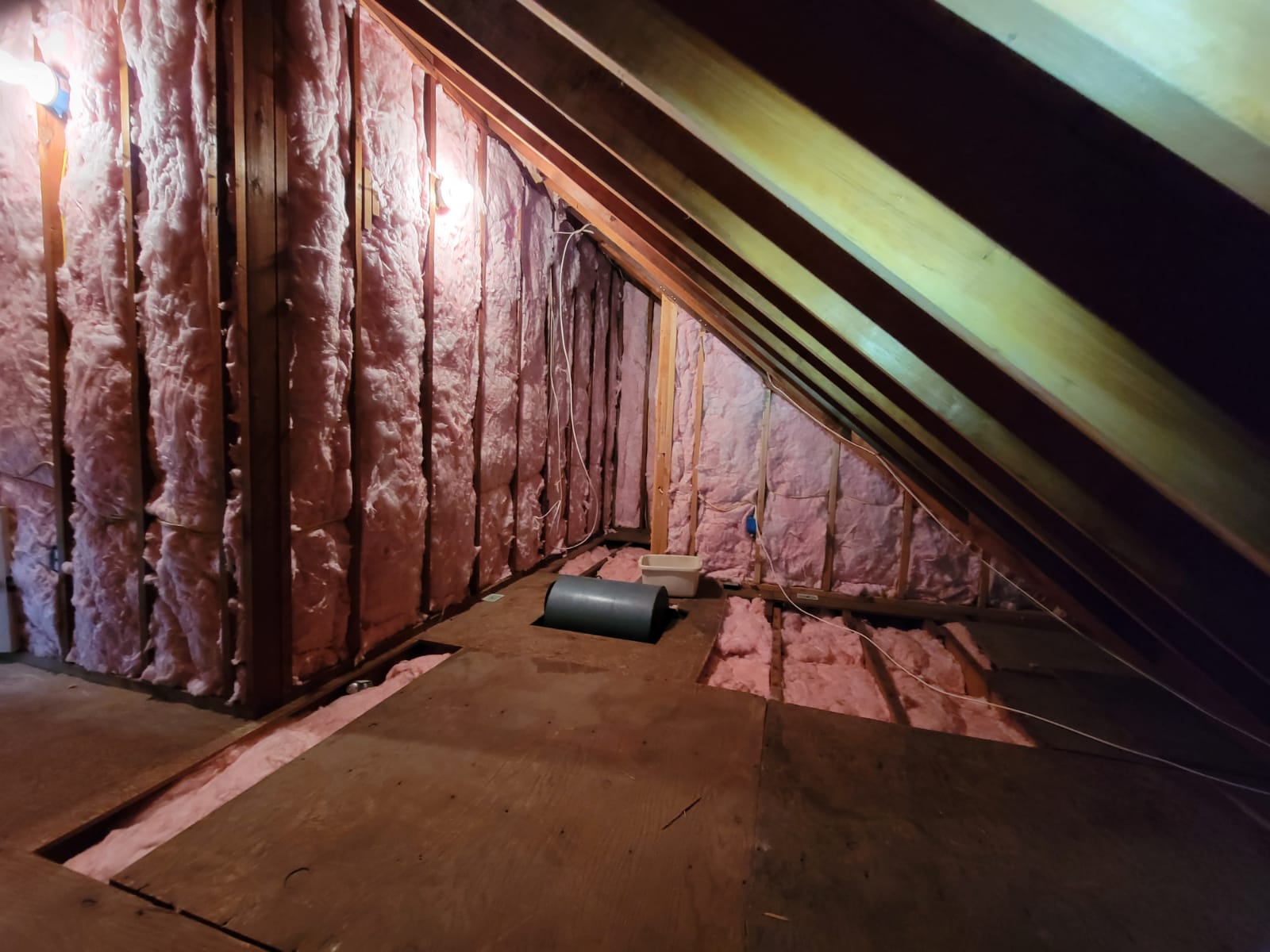
Attic Insulation In 2023
Attic Insulation In 2023 Table of Contents Master Attic, LLC technicians believe 2023 is the perfect time to talk about that ‘hidden home space,’ usually
If it’s one room in a home that most homeowners forget about, it’s most likely the attic. When it’s too small to use as a functional bedroom, homeowners often use attics to store old clothing, furniture, sports equipment, and seasonal decorations. Months can go by before anyone enters the attic, which explains why it often becomes a nesting ground for rodents.
Below, we’ll discuss five reasons why rodents in the attic are harmful and how homeowners can hire a professional to remove them.
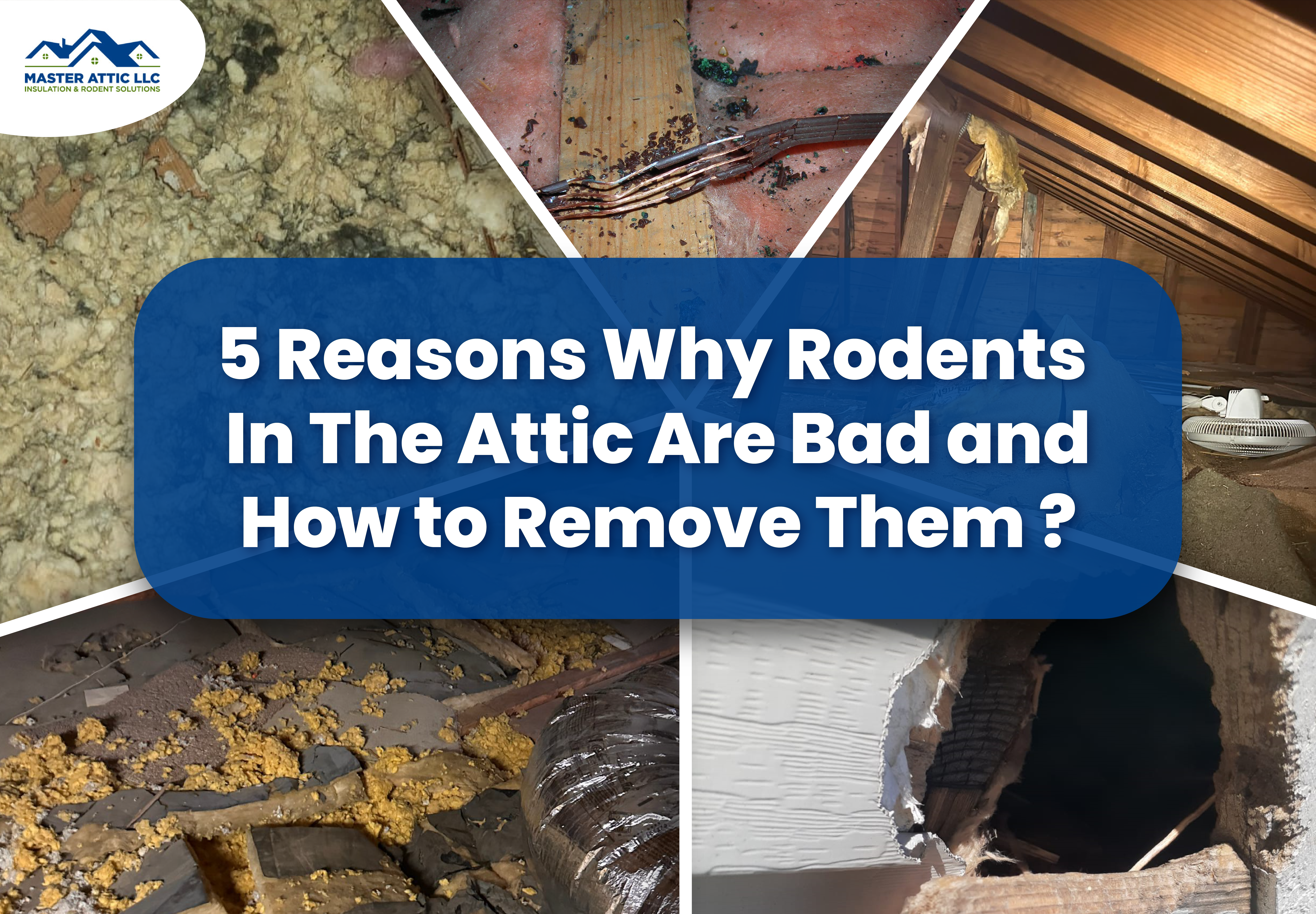
While these pests may be tiny, they have sharp teeth strong enough to chew through almost anything they encounter, except for metals and glass. Rodents are known for chewing:
While homeowners can find many of these materials, no home is entirely rodent-proof. These annoying pests can create structural damage, but let’s dive into what they can do to attics.
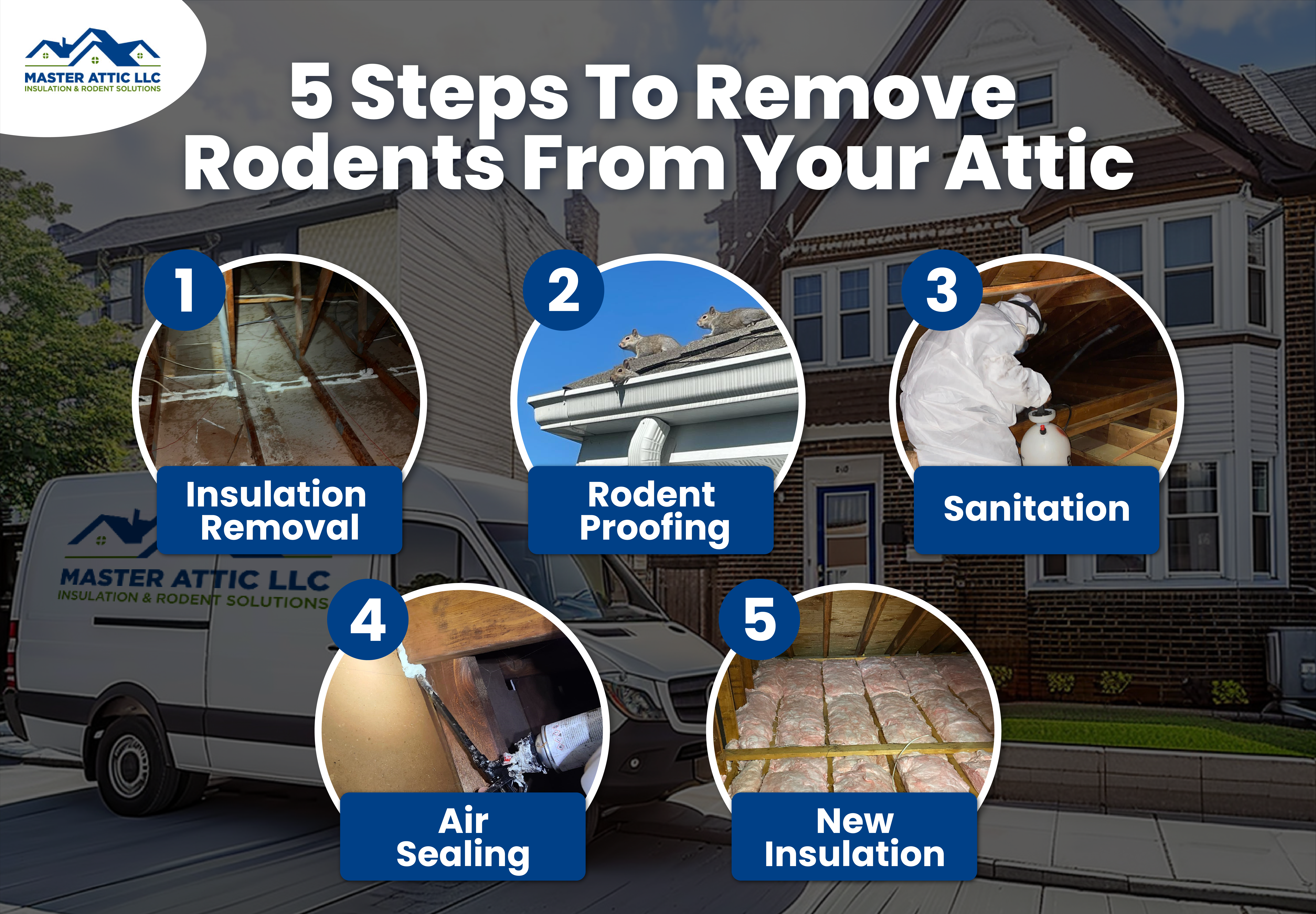
Here are five steps to remove rodents from your attic when dealing with a rodent infestation.
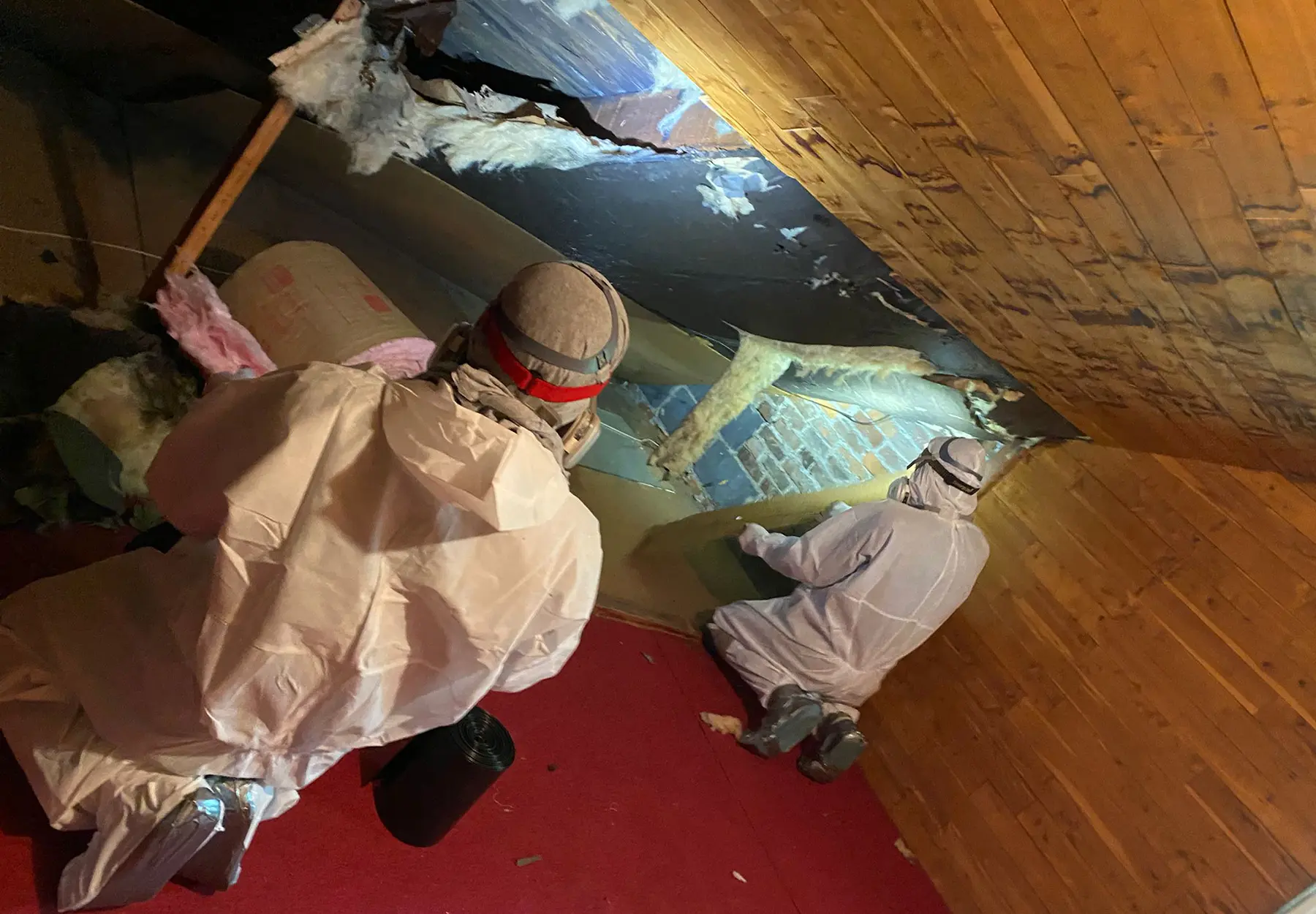
A professional must remove your attic insulation to get rid of rodents and waste. Most importantly, removing your insulation will help reveal hidden entry points that these sneaky pests use to enter your home.
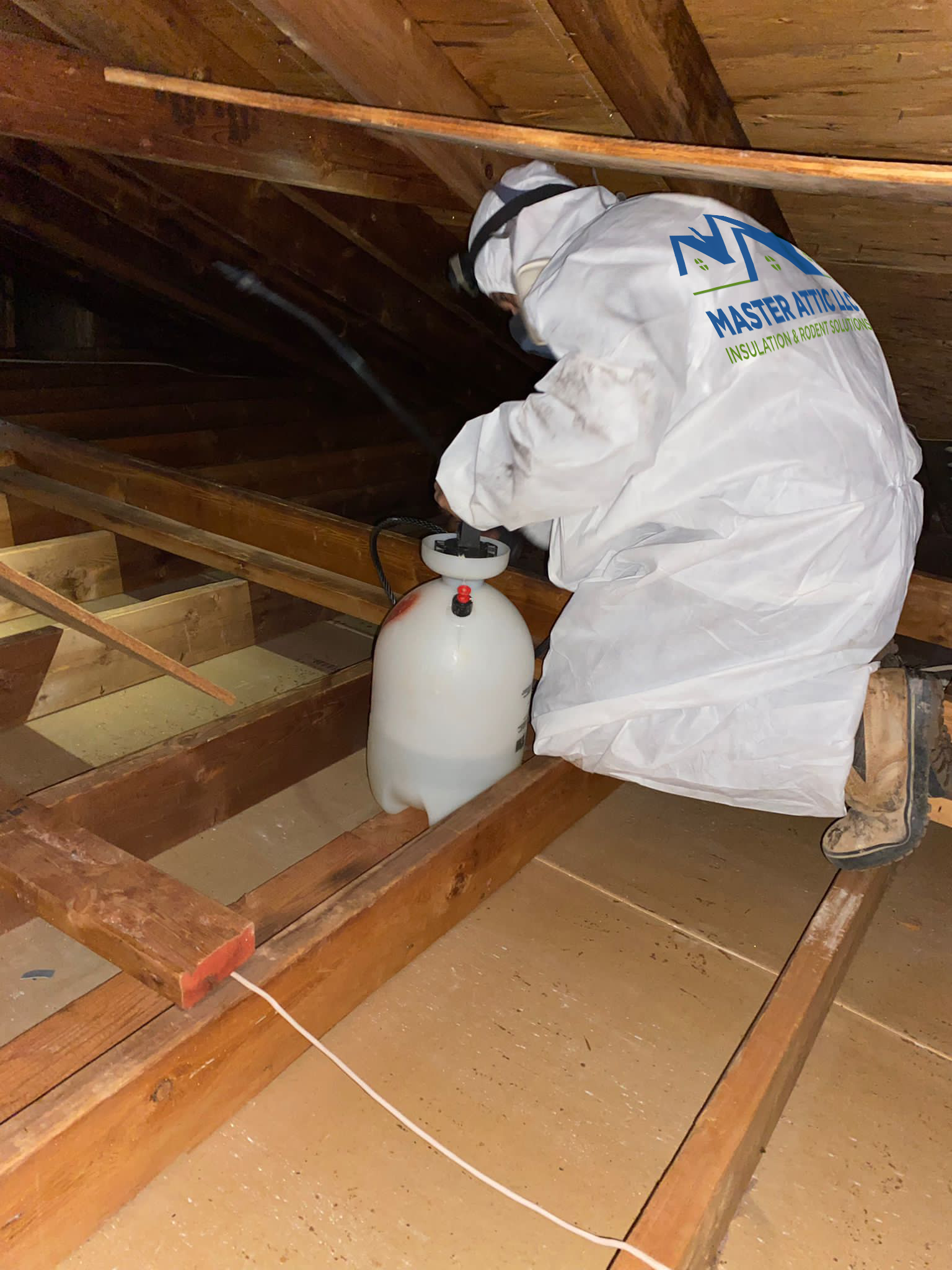
Disinfecting and sanitizing after removing rodent waste is required because it’s toxic to humans and can affect your home’s indoor air quality. Sanitizing and disinfecting the scent of rodents will ensure rodents don’t return and cause additional damage to your attic. Controlling rodents is virtually impossible if they’re not removed and disinfected correctly for several reasons.
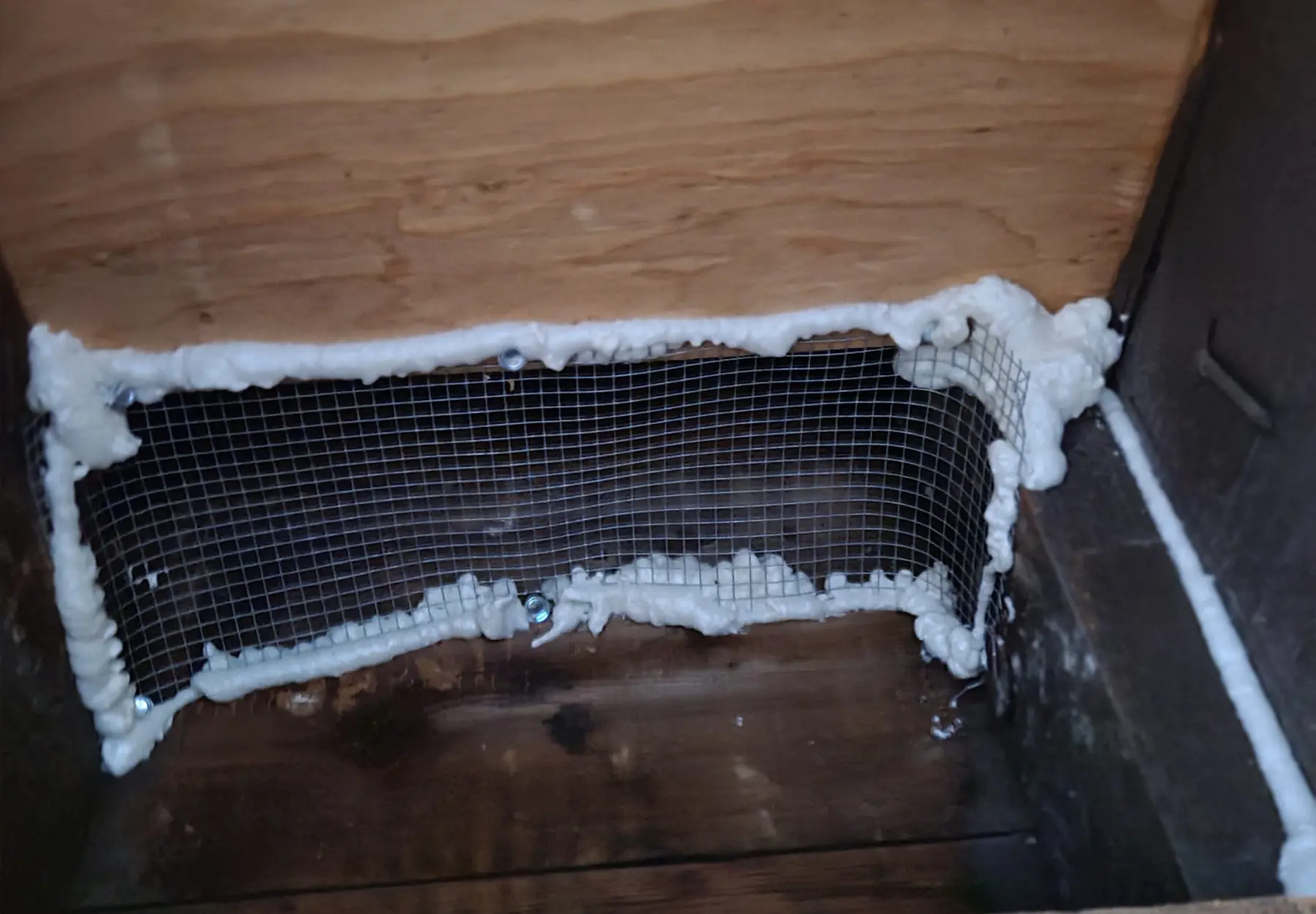
Professionals can identify and seal all entry points so rodents cannot access your attic and find another hiding area. Rodents can access your attic through imperfections like pipes, gutters, and roofs. Rodent-proofing is an effective solution to create a barrier between the inside of your home and rodents outdoors.
To rodent-proof your attic, professionals will search for holes and gaps around chimneys, wires, vents, or anything that can lead rodents indoors.
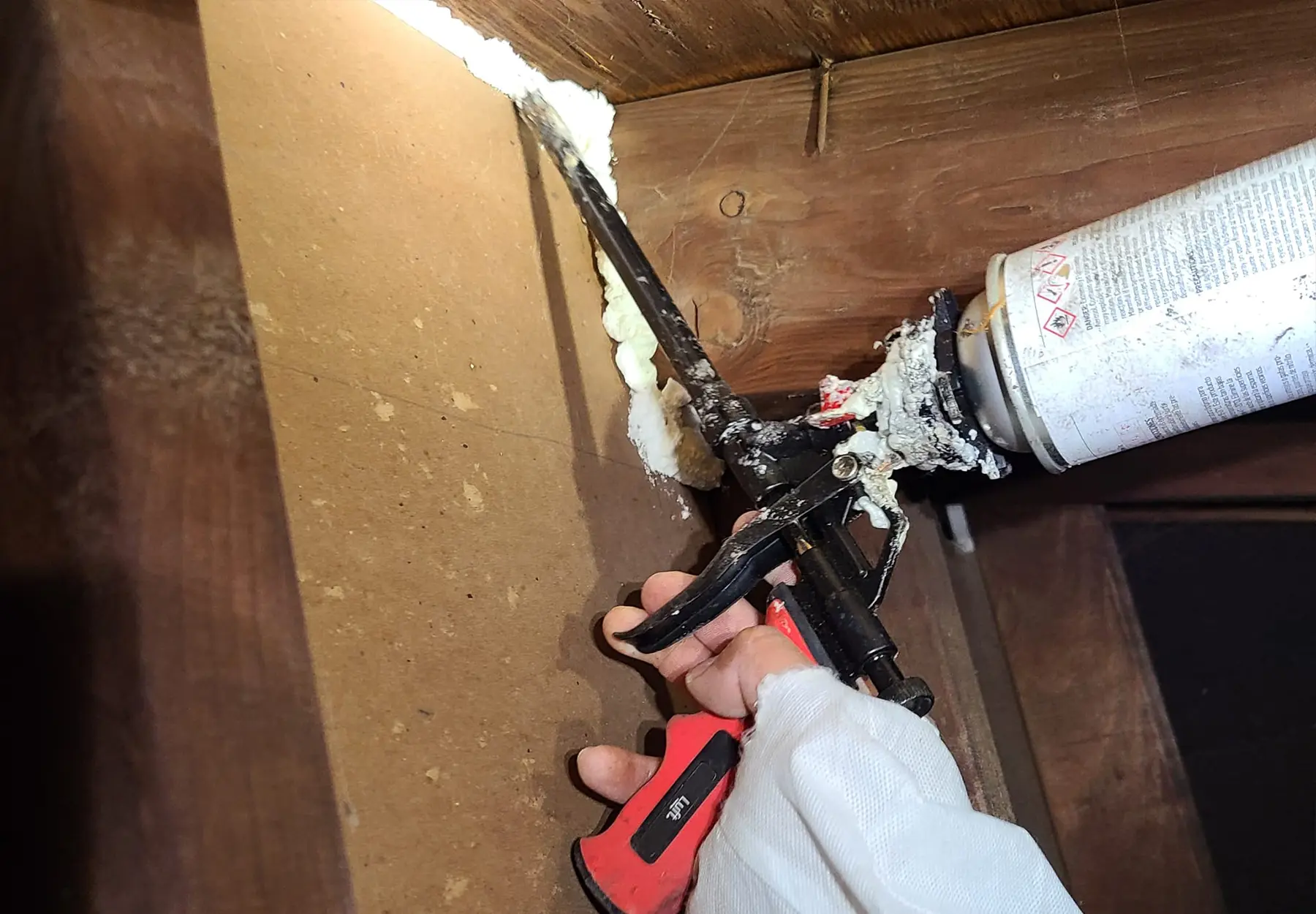
Blocking cracks and gaps between your attic and living space is essential to block air transfer, but it also helps prevent rodent entry. Air sealing is often a service that homeowners overlook after replacing attic insulation, so ensure you communicate with a professional about attic sealing services.

A professional should add attic insulation that adheres to your city’s energy efficiency code. Since ninety percent of homes are under-insulated, there’s a high chance your home needs an insulation upgrade. Installing new attic insulation after a rodent infestation is another way to remove the scent of rodents and their nests.
While you may not spend much time in your attic, that doesn’t mean you need to tolerate unwanted pests in your home. While temporary solutions such as traps are more affordable in the short term, you need a long-term solution for your rodent problem.
At Master Attic, a team of trained professionals is ready to decontaminate your attic and remove rodents from your home for good. Our attic-proofing services ensure that rodents of all sizes remain outdoors. Contact us today for fast and effective rodent-proofing services.
Attics are a prime environment for rodent nests because they’re warm and often go unvisited by humans.
Rodent infestations can create filthy stains, damage electrical wiring, create holes in rafters, destroy insulation, and damage soffits.
The best way to remove rodents from your attic is to remove attic insulation, disinfect and sanitize, make it rodent-proof, air seal your attic, and add new insulation.

Attic Insulation In 2023 Table of Contents Master Attic, LLC technicians believe 2023 is the perfect time to talk about that ‘hidden home space,’ usually
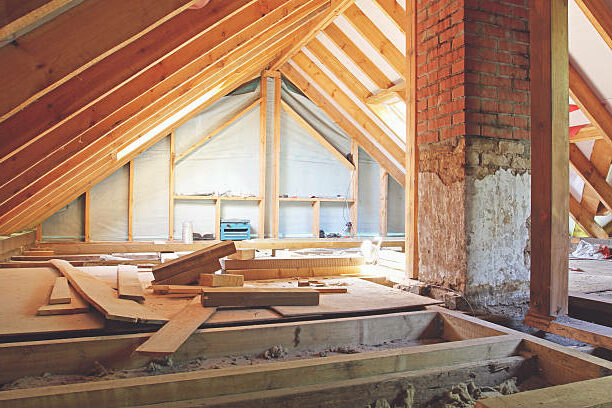
10 Steps On How To Rodent Proof Your Attic Table of Contents As rodents enter your home, their most desired place to seek shelter is

How to Trap a Raccoon in the Attic When you have raccoons living in your attic, they can quickly become a nuisance and create various
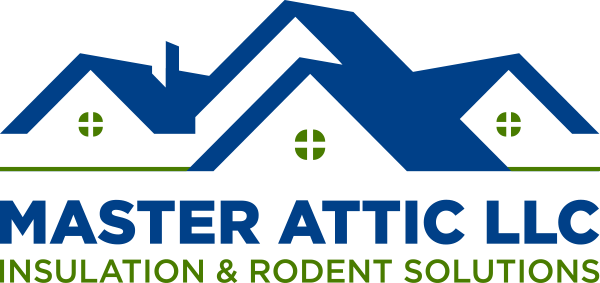
We strive endlessly to provide a service like no other; quality, safety and comfort is our #1 priority for your family.
Fully Licensed and Insured
NJ # 13VH09509100
PA # 147980
Look out for a confirmation email!
A Master Attic Pro Will Reach Out To You Shortly
